The Informal Constitution: Unwritten Criteria in Selecting Judges For the Supreme Court of India
'Enacted for historical reasons on 26 January 1950, the Constitution of India provided that the Supreme Court of India, situated in New Delhi, was to have one Chief Justice of India, and not more than seven judges. Today, the Court has 30 judges in addition to the Chief Justice of India. But who are these judges, and where did they come from?'
Using a comparative constitutional law lens, The Informal Constitution studies who the 189 judges that served on the court from 1950 to 2009 were. Its central thesis is that despite all established formal constitutional requirements, there are three informal criteria which are used for appointing judges to the court: age, seniority, and diversity. The author examines debates surrounding the Indian judicial system since the institution of the federal court during the British Raj. This leads up to a study of the political developments that resulted in the present 'collegium system' of appointing judges to the Supreme Court of India.
Based on more than two dozen interviews personally conducted by the author with former judges of the Supreme Court of India, this book uniquely brings to the fore the unwritten criteria that have determined the selection of judges to the highest court of law in this country for over six decades.
Get it now and save 10%
BECOME A MEMBER
-
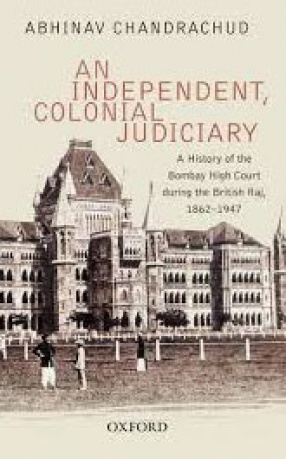
An Independent, Colonial Judiciary: A History of the Bombay High Court During the British Raj, 1862-1947
-
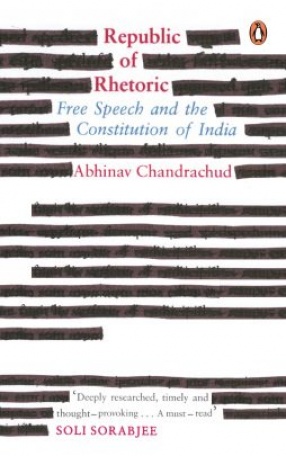
Republic of Rhetoric: Free Speech and The Constitution of India
-
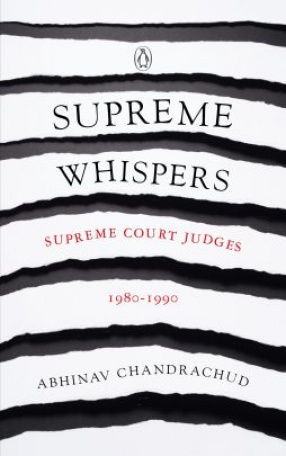
Supreme Whispers: Supreme Court Judges: 1980-90
-
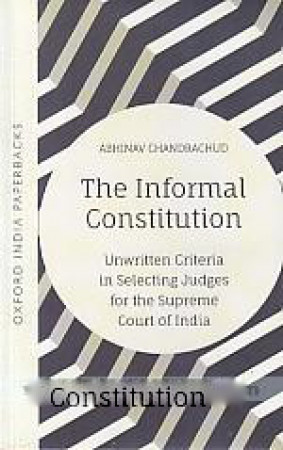
The Informal Constitution: Unwritten Criteria in Selecting Judges For The Supreme Court of India

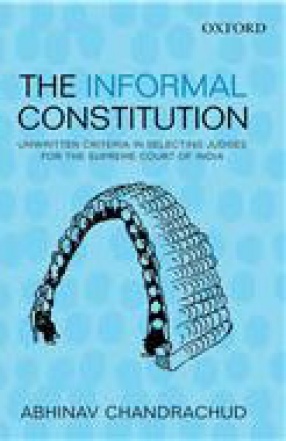
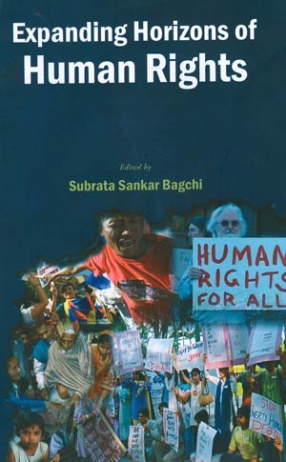
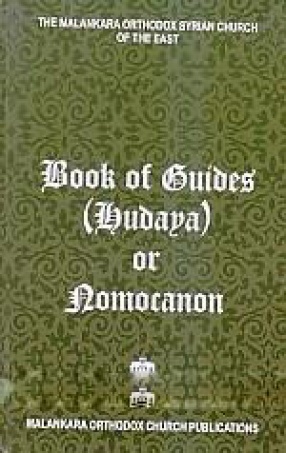
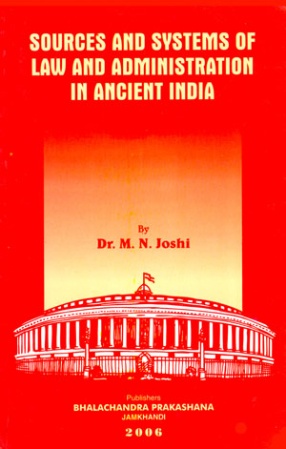
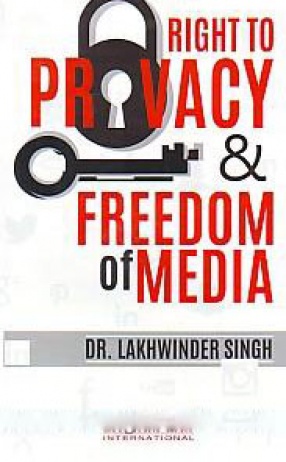

Bibliographic information